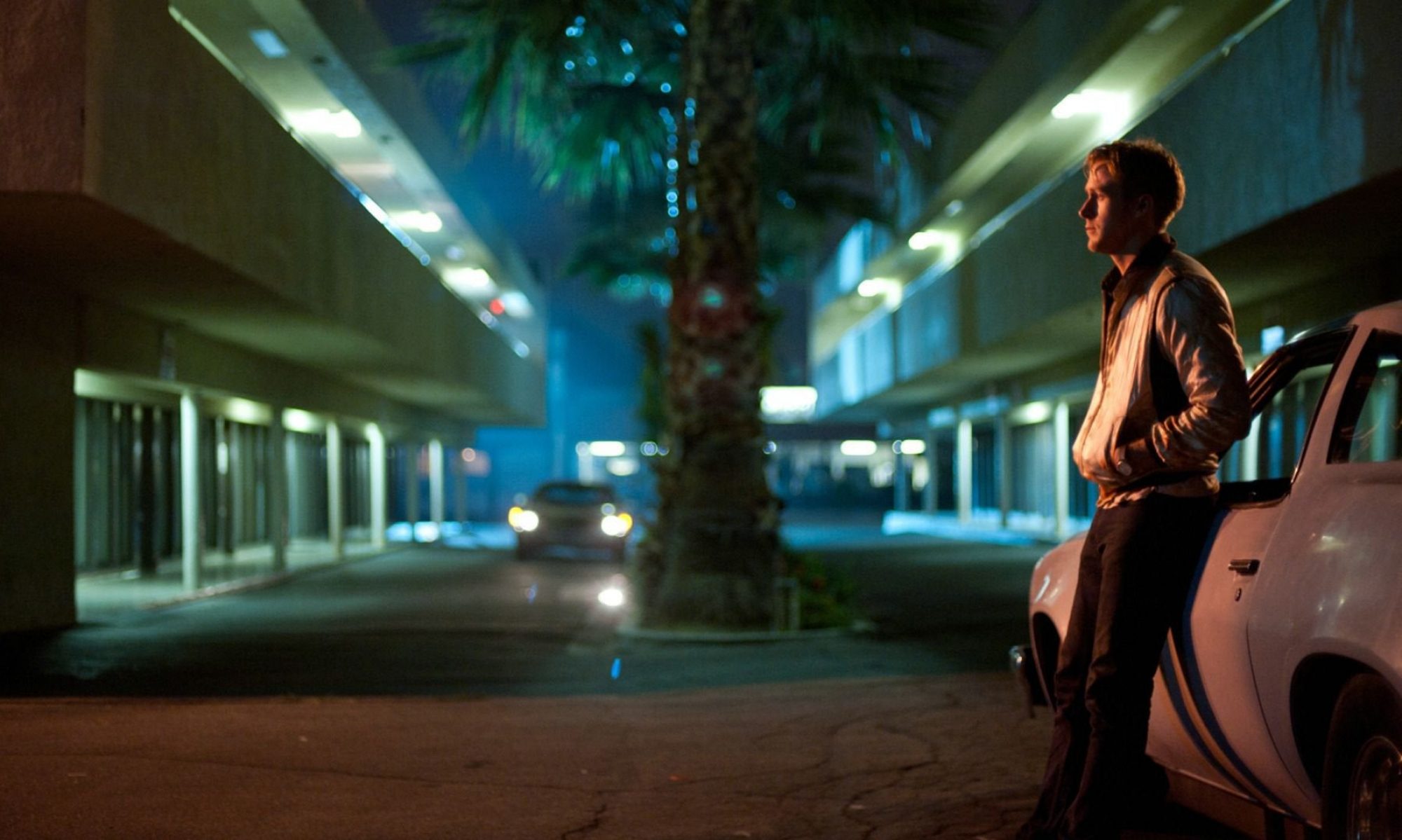Adapted from Akira Kurosawa’s 1952 drama Ikuru, itself inspired by Leo Tolstoy’s 1886 novella The Death of Ivan Ilyich, Living follows Bill Nighy’s reserved bureaucrat Mr Williams, who determines to live life to the full and mend his selfish ways after being diagnosed with terminal cancer. He receives the news of his diagnosis with a torturously blunt stiff upper lip as he responds to the doctor with a brief acknowledgement (‘Quite’). A Christmas Carol this ain’t, with Williams first trying to seek refuge with brazen Lothario Mr Sutherland, experiencing decadent lap dances and alcohol in the dark hideouts of London before passing out.
It is, however, a film filled with warmth and wit, thanks mostly to Nighy’s parred down performance. Not a lot happens as Mr Williams drops his usual work routine in search of greater meaning, and if you’re not a fan of slow pacing, then this probably won’t be the film for you. But if you’re open to a more meandering slice of life, then Living has plenty to recommend. If you’ve been following my website closely (if not, that’s cool), you’ll probably know I’m a big fan of extreme close-ups as a means to articulate a character’s emotional state, and some particularly powerful portraits of Mr Williams take place shortly after his diagnosis as he sits alone on a sofa in the darkness of his son’s lounge.
Unable to articulate his feelings to his family members, we are instead treated to extended shots of William’s troubled expression, interspersed with fractured flashbacks as he contemplates his life. Overhearing a heated conversation between his son and daughter-in-law as they enter the house, with the latter despairing over Williams’ reluctance to provide them with his inheritance, he stays silent, still awkwardly sitting as the lights are turned on and his presence is awkwardly acknowledged.
Since Nighy’s character is largely restrained in his speech, talking only in stunted and mannered pauses, much of the film’s light heartedness is bolstered by Aimee Lou Wood’s jubilant employee Miss Harris, who Mr Williams confides in and takes on an improvised trip to Fortnum’s after hearing about her new position. The film is also bookended by the discussions between fellow employees on their way to work, who, acting as mouthpieces for Williams’ changed ways, become inspired by his good deeds to practice the same behaviour in their own endeavours. After Williams initially regards his work with little effort (having received a petition from a group of women to build a new swing in the local area, he casually passes it off with a resigned, repeated phrase ‘keep it here, it won’t do it any harm’), he bursts into action with knowledge of his impending death, endeavouring to get the petition done at any cost. The film includes some masterful tunes and choreography, but no scene is more poignant than the final one of Williams as he plays on the swing to a tune I haven’t quite tracked down yet, but it’s one that plays at the end of Master and Commander, another classic film that needs a watch if you haven’t seen it already.
Sombre yet uplifting, Living is a moving work that exhibits one of Nighy’s finest performances to date. If you’ve got a spare afternoon this December, give it a watch.
(Below: An image of the character Kanji Watanabe from Kurosawa’s Ikuru, since I couldn’t find any images of the great final scene with Mr Williams)
